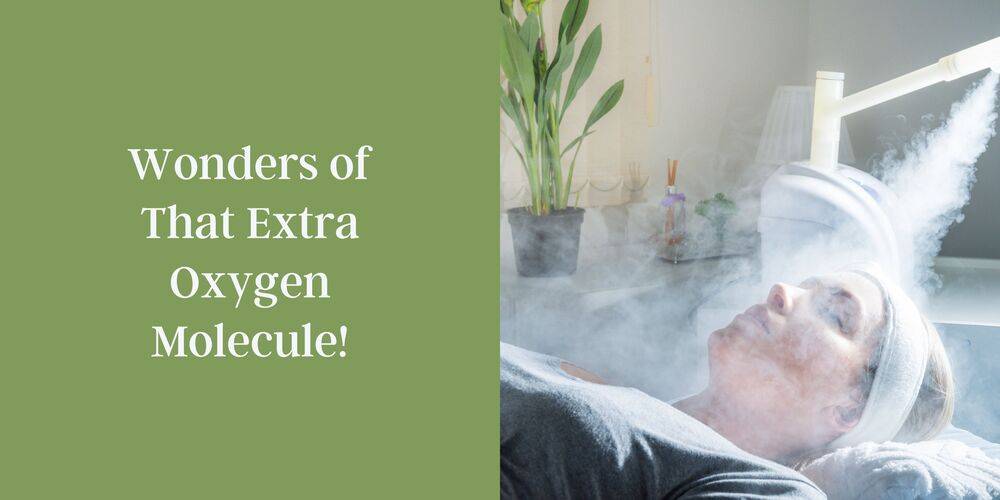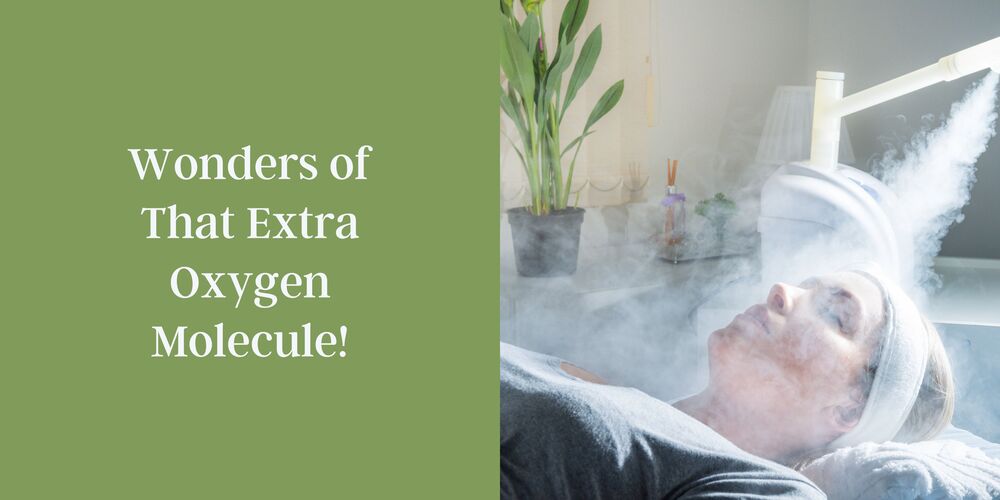Thérapie à l'ozone : cette molécule d'oxygène supplémentaire peut faire des merveilles
Thérapie à l'ozone : cette molécule d'oxygène supplémentaire peut faire des merveilles
26 septembre 2023, par Michael Grant White
Apprenez-en davantage sur l’ozonothérapie, les domaines d’application, les propriétés médicales, les applications médicales et bien plus encore.

J'ai lu qu'en 1980, la Société médicale allemande pour la thérapie à l'ozone a interrogé 644 thérapeutes sur leur utilisation du traitement à l'ozone sur leurs patients. Ces 644 thérapeutes avaient collectivement administré 5 579 238 traitements à l’ozone à 384 775 patients.
Parmi tous ces traitements, il n’y a eu que 40 cas d’effets secondaires, ce qui équivaut à un taux étonnamment bas de 0,000007 %. C'était il y a 30 ans. Comment le monde médical américain a-t-il réagi à cette incroyable information ? Lentement et mal, mais après 30 ans, nous nous réveillons enfin.
Certains domaines médicaux dans lesquels cela peut être très utile sont :
- Soins intensifs
- Angiologie
- Neurologie
- Oncologie
- Chirurgie
- Dermatologie
- Gérontologie
- Hépatogastro-entérologie
- Urologie
- Rhumatologie
- Gynécologie
- Proctologie
- Odontologie
- Orthopédie
Qu’est-ce que l’ozone ?
L'ozone est toxique. N'est-ce pas ?
Propriétés médicales de l’ozone
Comment l’ozone est-il utilisé à des fins médicales ?
La thérapie à l’ozone est-elle faite pour moi ?
Apprenez à mieux respirer avec le kit de maîtrise de la respiration optimale.

Rencontrez Mike White
Rencontrez Michael Grant White, le coach de respiration optimale et obtenez des informations concrètes sur votre développement respiratoire, votre santé et votre longévité.




